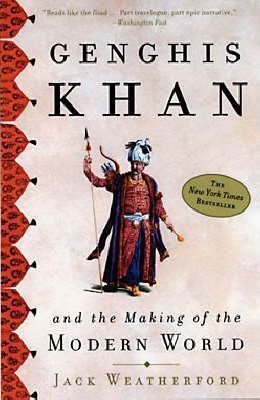



The empire reaches its “high water mark” under Mongke, who is succeeded in turn by his brother, Khubilai. Ogodei dies in 1241 and is succeeded by his son, Guyuk, and, after Guyuk’s death, by Mongke. Genghis’s other sons and generals conquer large portions of Eastern Europe and the Near East. Genghis dies in 1226 and is succeeded by his son, Ogodei, who departs from tradition by building a permanent capital city. He defeats the Jurched and the vast Central Asian empire of Khwarizm but is unable to subdue the Sung dynasty of China. The book’s second section, “The Mongol World War,” begins with Genghis Khan’s conquest of the Jurched kingdom of Manchuria. The section concludes with Genghis’s resolve to expand Mongol power beyond its traditional borders. As Temujin consolidates his power and takes the name of Genghis Khan, he both adheres to traditional Mongol customs as well as reforms them in radical ways. Weatherford then details Temujin’s early life in a family outcast from its tribe, his marriage, his wife’s abduction and rescue, his friendships and rivalries, and his forging of alliances with powerful warlords. The book’s first section, “The Reign of Terror on the Steppe,” describes the political and cultural situation in Mongolia prior to the birth of Temujin.


 0 kommentar(er)
0 kommentar(er)
